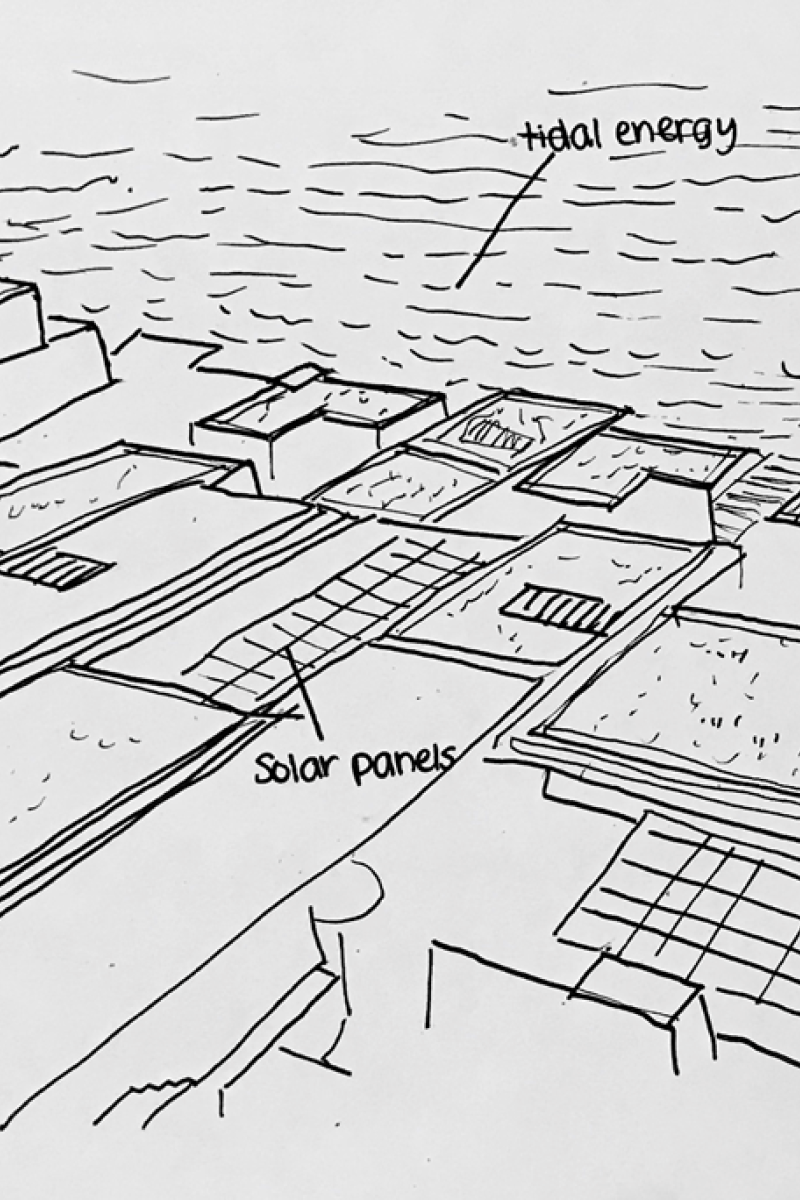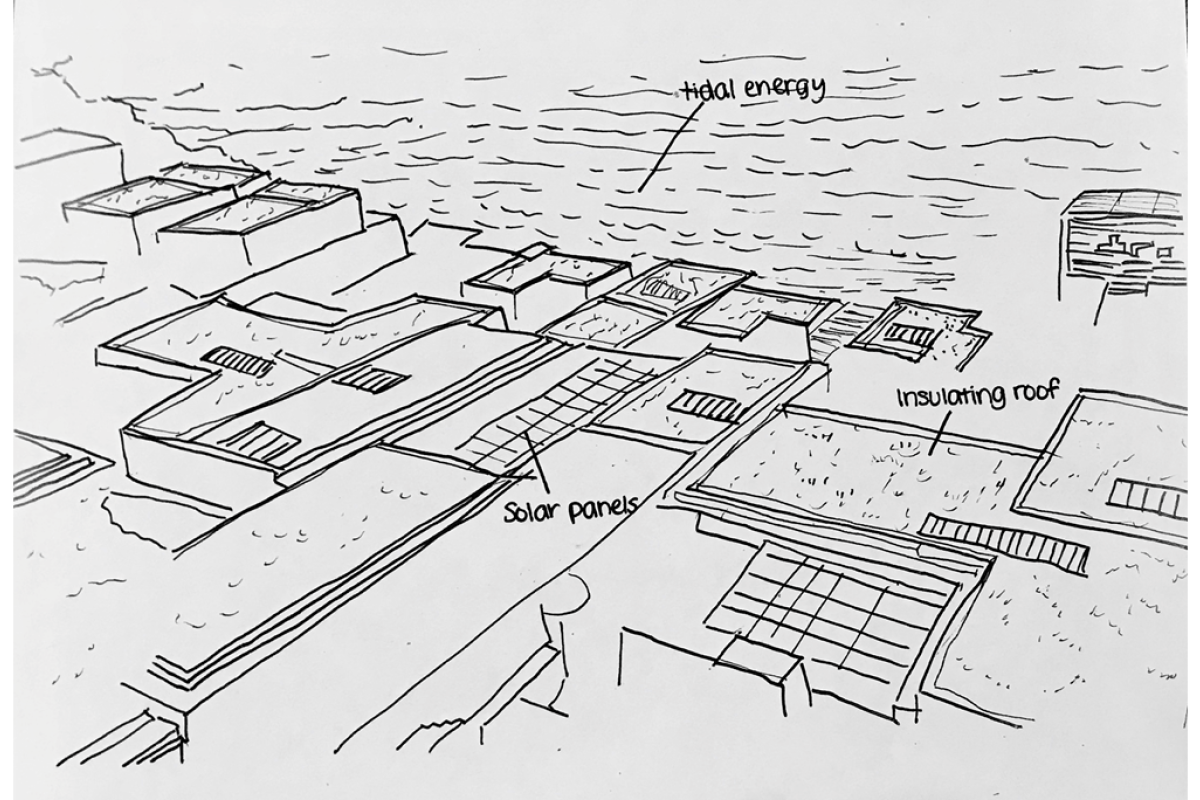
What are the top architecture schools in the world and how can I improve my chances of admission?
Sponsored Feature
 Sketch showing the components of Green Architecture Design by Annecy Hui, a 13-year-old student at My ArchiSchool.
Sketch showing the components of Green Architecture Design by Annecy Hui, a 13-year-old student at My ArchiSchool.There are many schools teaching architecture around the world. Some are well known for their excellence in areas like material innovation, while others put more emphasis on what is seen as a philosophical approach to spatial art.
If you are planning to take a degree in architecture, it is important to consider which school will be the best match for you.
For many candidates, one option high on their list is the Architectural Association School of Architecture in Britain, which counts internationally-famous Zaha Hadid among its alumni.
The school puts particular emphasis on the innovation of art forms, design technology and “humanity”, believing architects have a responsibility that goes beyond simply creating the built environment. In line with standard practice elsewhere, the school’s admission requirements ask applicants to submit a portfolio of original designs.
Another consistently popular choice is the School of Architecture at Rice University in Texas in the United States. Over the years, the school has won a well-deserved reputation for innovation in different areas including the use of design-related technology.
However, they still value the basic skills and techniques. In fact, they make it clear for applicants planning to submit portfolios that hand-drawn sketches and other such artworks are preferred to computer-aided drawings or drafting. The reason, no doubt, is that the school expects students to be adept in the basics of visual art – and art appreciation too – rather than letting them leave everything to the wonders of design technology.
Rice also happens to be one of the eight schools recognised for inclusion in Renzo Piano’s internship programme. He is regarded as one of the master architects of the modern age and is widely known for designing the distinctive Pompidou Centre in Paris.
His office helps to develop young talent with an internship programme for students and graduates from some of the world’s leading architecture schools.
Such examples should alert potential candidates to the need to consider very carefully what different schools require from applicants and what they can be expected to offer. It also shows there are no standard rules to follow when preparing a case for admission, but certain steps can make the overall process a bit more straightforward.
The first of these is good time management in the sense of paying close attention to any deadlines for registration, submitting formal applications and documents, or confirming exam results.
Design technology for children in the digital age
Aspiring candidates should also start early in putting together a representative portfolio of their art and design work. This allows time to reconsider choices and avoids any kind of last-minute rush. Professors who review the portfolio will be looking for innovation and signs of development in design thinking. Therefore, the usual recommendation is to include at least three to four markedly different projects or types of work, with some hand-drawn sketches and, perhaps, photos of scale models.
Generally speaking, it is also a good idea to spend time travelling to see examples of famous or important works of architecture up close. This provides the chance not just to observe, but also to examine one’s thoughts and emotions and, ideally, to feel the sort of passion that inspires great architects. For instance, when entering the Pantheon in Rome, is it a sense of space or something else that leaves the most lasting impression? Or when visiting the Oculus in New York City, what gives the visual message of movement that the architect Calatrava wanted to convey?
Furthermore, students should realise that allowing themselves time to daydream and letting the imagination run free can turn out to be very productive. It is a good way to look beyond any current limitations and come up with ideas on how to design a better future. Students should make sketches of even their “crazy” ideas and remember that imagination is one of the most powerful tools for exploring new directions in the worlds of science, art and architecture.
Edited by John Cremer
My ArchiSchool is an education institute that introduces the skills and knowledge needed to explore a career in architecture. For class enrollment or educational activities/ exhibitions, please contact Cathy Ng at info@myarchischool.org or (+852) 9613 1137.
